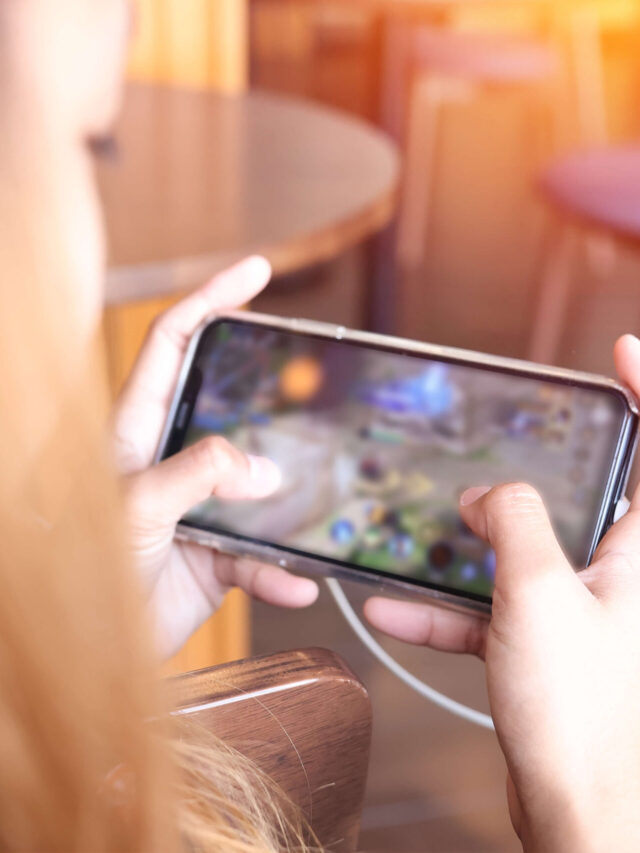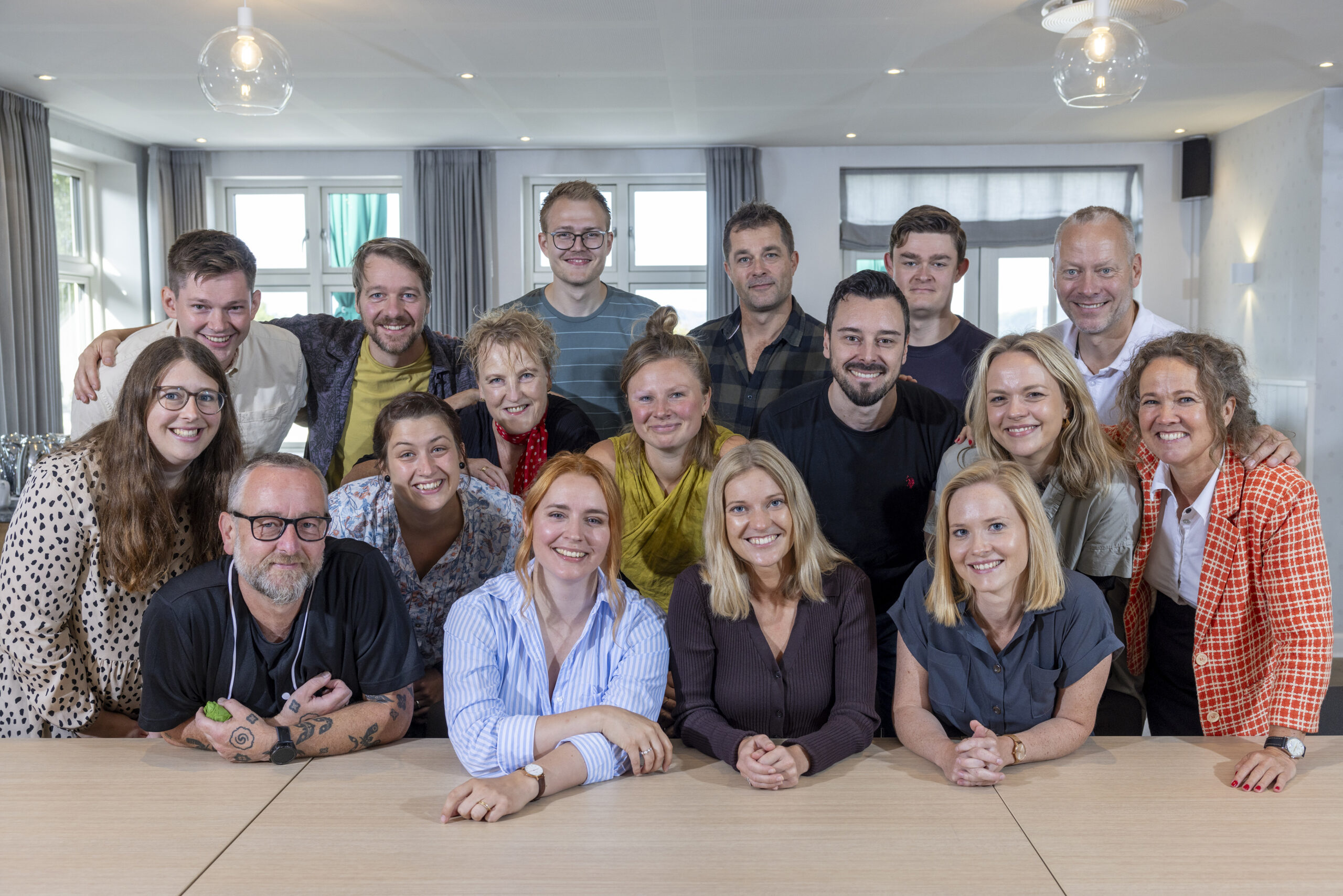EU-project brings together digital youth centered initiatives
This does not mean however, that the youth workers of these organisations will all have to make the digital world their own. It merely means that – if need be, as part of the initiative in question – they need to acquire the skills necessary to utilise their pedagogical expertise in the the (digital) arena where, in almost all other regards, the young people are the real experts.
All of the initiatives share a common belief, that our youth work will be most effective if, instead of asking the young to come to us, we are willing to meet the young in the digital world which they inhabit.
One of the main advantages of this approach, is that it allows us to get in touch with some young people who – due to various personal difficulties – would otherwise use the digital world as a personal isolatory hiding space. Furthermore the approach allows us to use digital tools to tackle old challenges in new innovative ways.
Videos showing off the good practices
So far, the project catalogue consists of 18 initiatives – each one with their own video presentation – with the 2019 end goal being a total of 36 initiatives. The initiatives are all quite different from each other in many ways, but their use of digital tools and the central roles that these tools play in the projects, are unifying characteristics which all of the projects have in common. For instance, one project invites the young to participate in urban planning, using Minecraft, while one of CfDP’s own projects offers online counseling. In the following, we invite you to view three videos about CfDP’s first contributions, showcasing three solid approaches to making digital media part of our youth work.
Online youth counseling
During online counseling, the young can talk with CfDP’s counselors, and with each other, about all the challenges and problems which they face in their lives. besides being offered counselling and having the opportunity to take examples from other young people, the online counselling model also has other advantages, due to its digital nature. For instance, It helps us achieve the goal of meeting the young people at eye level. Furthermore, the initiative takes the anonymous and “distant” nature of the internet – characteristics for which the internet has been widely criticized in other situations – and turns this into an advantage, in the sense that, in our experience, many young people have an easier time talking about difficult personal subjects, when they are not face to face with another person who knows their name and who they are.
Computer games and community
Another example of the digitally innovative nature of Digital Youth Work can be found in two initiatives, one of which is run by our finish partners, while the other is CfDP’s own. Both of these initiatives – each in its own way – use computer games and gaming culture as a basis for building a community among the participants, a community which – apart from allowing the participants to engage in their common passion together – also teaches the young people a lot of “analog” skills, that can be of use to them in many other areas of their lives;
Young people as creators of digital content
Finally, several of the initiatives, including one of CfDP’s own, have focused on enabling young people to become more than mere consumers of digital content, by teaching them how to create and convey their own digital content:
In other words, the Digital Youth Work -project (which, apart from conveying/spreading the 36 good initiatives, will also produce training materials, aimed at youth workers, as well as a set of common EU-guidelines for doing digital youth work) is well underway.
Would you like to join us?
CfDP and our partners invite any interested parties, who may be involved in similar initiatives – to join us in this second phase of the project, and we look forward to showing off the entire “catalog of initiatives” in 2019.
In the meantime you can find more info about the initiatives mentioned in this article, as well as all the other exciting ones at: www.digitalyouthwork.eu
The full collection includes materials from partners from Scotland, Ireland, Finland, Austria, Germany and Denmark. This can be found at www.digitalyouthwork.eu






Hvis du vil sætte et par ord på din feedback, vil det hjælpe os rigtig meget til at forbedre vores indhold.